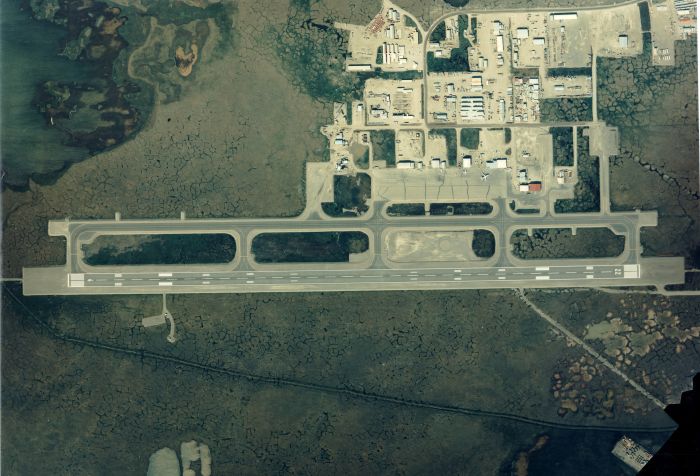Deadhorse Airport Improvements
Project No. NFAPT00549

The Deadhorse Airport serves as a key regional aviation hub in arctic Alaska, providing: daily freight and passenger service between Deadhorse and Anchorage, Fairbanks, and Utkiaqvik, commercial fixed-wing and helicopter flight services, support for oilfield and Trans-Alaska Pipeline System logistics and operations, and various regional air services that provide daily critical travel, shipping and medevac air links to surrounding villages that are not connected to the road system.
The purpose of this project is to remedy Deadhorse Airport deficiencies, address safety concerns, improve drainage, and help bring the airport into compliance with current FAA design standards and criteria.
The Deadhorse Airport has a history of wildlife conflicts with aircraft operations, including recorded strikes with mammals and birds. Recorded ground and air strikes with wildlife species include caribou and numerous avian species that travel through and/or use the area around airport property.
Drainage Structures at Deadhorse Airport and along Deadhorse Way have either failed or are of insufficient capacity. Culverts on the airport property are subjected to substantial ice jacking, causing loss of culvert function and damage to adjacent pavement areas.
Work on this project includes:
- Construction of drainage improvements on airport property and along access road, replacing existing pavement and lighting as needed.
- Relocation of utilities affected by drainage improvements along access road.
- Re-grading and/or placement of fill in select infield locations to aid in drainage and wildlife control.
- Construction of airport perimeter wildlife fence and associated gates for access control, a fence maintenance service road, and fence security features to exclude large mammals from accessing active airport surfaces.
This project is being developed in cooperation with the Federal Aviation Administration. Construction is expected to begin in 2025 and last into 2026.
Project Information
- Environmental Assessment - Final 16MB
- FONSI
- Public Comment Sheet
- Appendices

Use DOT&PF’s Alaska Project Exchange tools to learn more about all of DOT&PF’s active construction projects statewide!
Want to know how construction will impact road traffic? Visit 511.alaska.gov
Want to dig into the details about projects across the state? Visit dot.alaska.gov/construction
For more information, contact:
Jonathan Hutchinson, P.E.
Engineering Manager
![]() (907) 451-5479
(907) 451-5479
![]() jonathan.hutchinson@alaska.gov
jonathan.hutchinson@alaska.gov
Alaska Department of Transportation & Public Facilities
2301 Peger Road
Fairbanks, AK 99709
For individuals requiring TTY communications, please contact Alaska Relay at 7-1-1 or 1-800-770-8973.
PLEASE NOTE: Adobe Acrobat PDF files require a free viewer available directly from Adobe.
